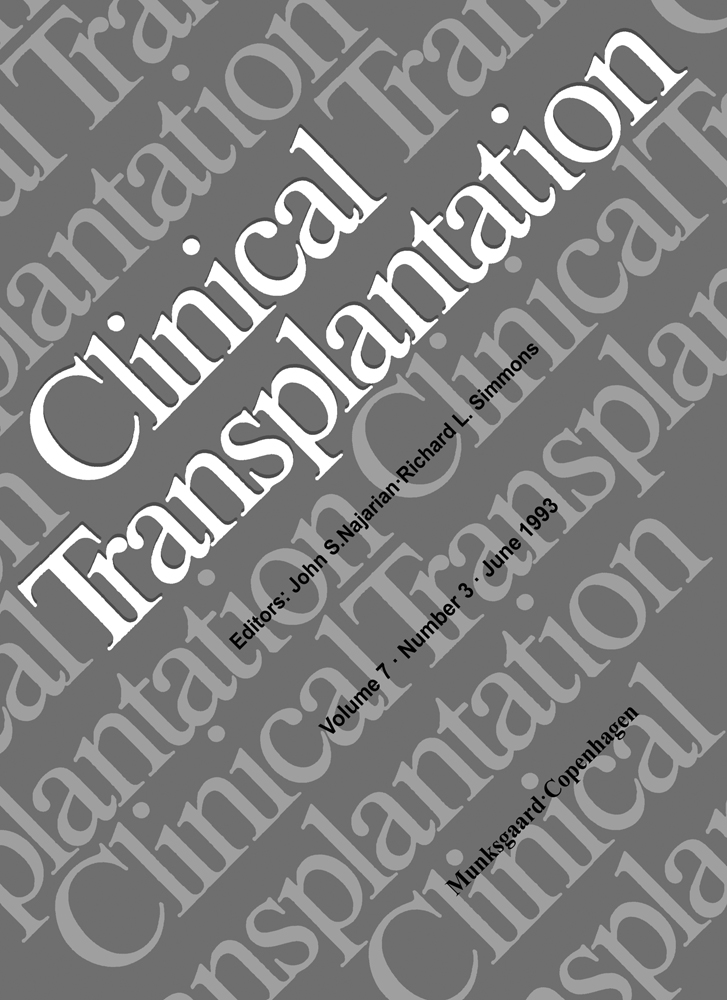Sequential Tc99m mercaptoacetyl-triglycine (MAG3) renography as an evaluator of early renal transplant function
Abstract
A prospective study was carried out to evaluate the role of sequential Tc99m MAG3 renography in assessing transplant function in the early post-operative period. Twenty patients were included in the study. Studies were performed on all patients at intervals of 48-72 hours until discharge. There were 11 clinically diagnosed episodes of rejection, 9 of which were correctly diagnosed using MAG3 renography. Six episodes of rejection were diagnosed prior to the onset of clinical symptoms. Two patients with graft infarction were correctly diagnosed. Six patients had evidence of transient renographic abnormalities in the immediate post-operative phase which were not associated with clinical symptoms, all of these resolved spontaneously on subsequent examinations and were presumed to be related to resolving acute tubular necrosis (ATN). The perfusion index was of no discriminatory value in this study. Sequential Tc99m MAG3 renography is highly sensitive but entirely nonspecific in the evaluation of pathology in the transplant kidney. Rejection in an uncomplicated transplant can be readily detected in many cases well in advance of clinical manifestations. This study demonstrates that Tc99™ MAG3 renography is certainly equal to Tc99m DTPA renography or Iodine 131 renography in assessing early transplant function. However, Tc99m MAG3 exposes the patient to considerably less radiation and the images are of superior quality.




